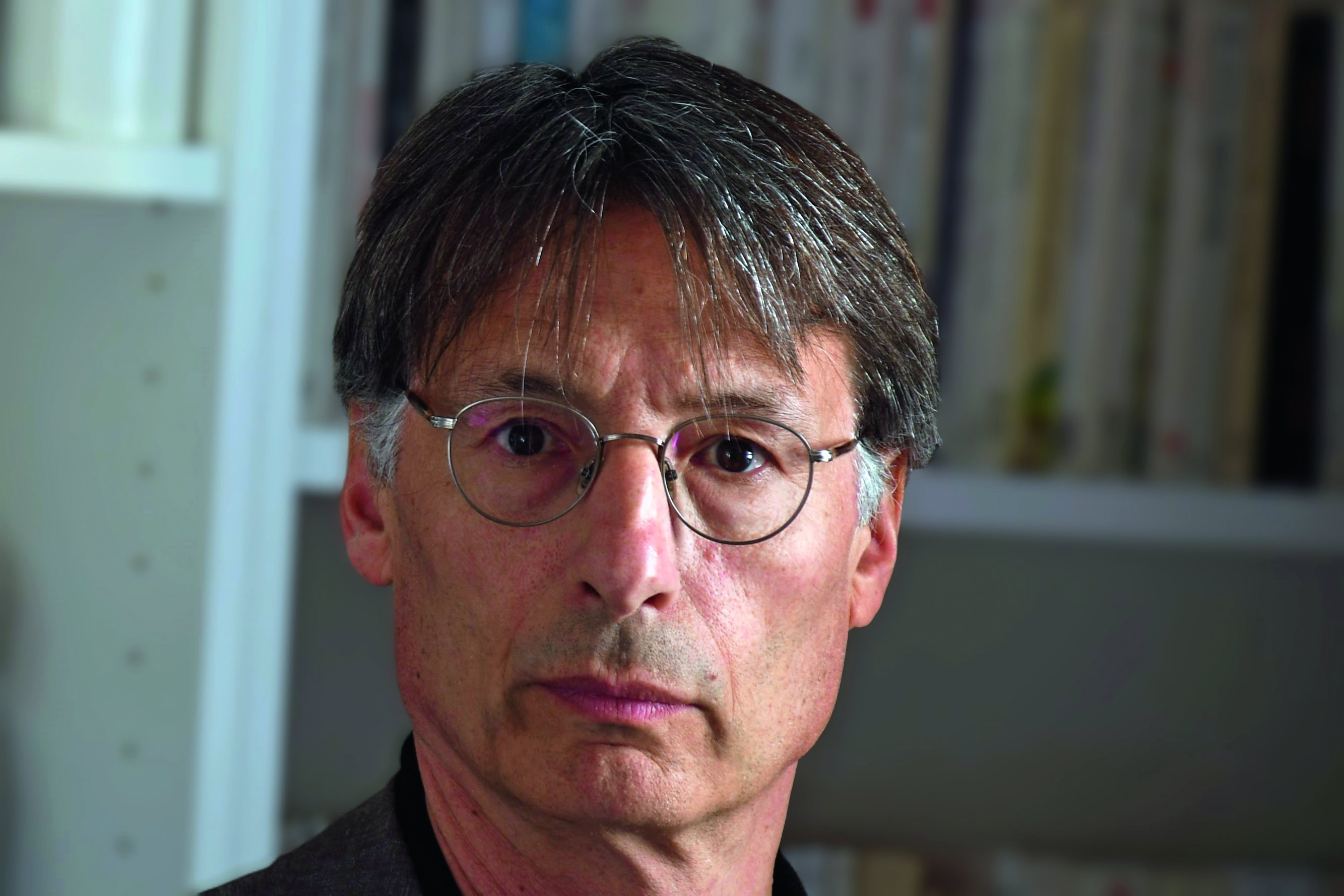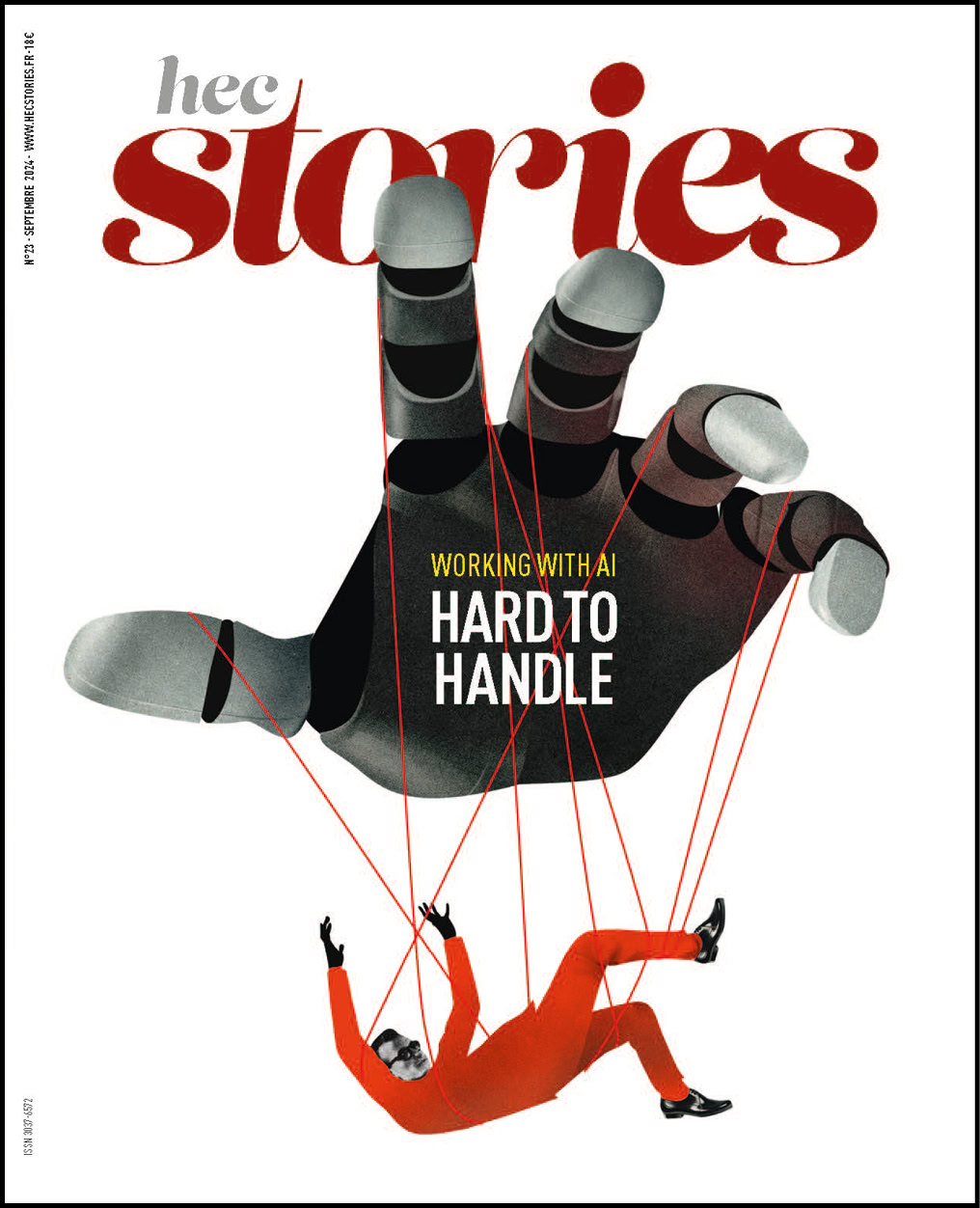Thomas Paris, Professor at HEC: “Without Strong Leadership, the Innovation Dynamic Can Fade”

In fashion, creativity is not a matter of solitary genius but a collective effort—where the manager plays a crucial role. Thomas Paris, professor at HEC Paris and research fellow at the CNRS, explains.
You’ve developed expertise in creative industries. Does fashion fall into that category?
Before answering, we should clarify what the term “creative industries” covers. There are at least three definitions.
In France, we speak of cultural and creative industries (CCI), which includes areas like fashion and video games—fields that are sometimes seen as peripheral to the traditional cultural sectors.
The academic definition dates back to the late 20th century, when American economist Richard Caves introduced the concept of creative industries to describe sectors where creation lies at the heart of economic activity. Fashion is clearly one of them.
Finally, there’s a more “political” definition that originated in Australia, was adopted in the UK, and later extended to the European Union. This definition promoted creative industries as economically promising sectors—labor-intensive, high value-added, and capable of differentiation through quality. In Europe, these considerations led to the broader concept of the “immaterial economy,” of which fashion is a core component.
Fashion clearly belongs here: a significant part of its revenue relies on its ability to constantly offer new products whose value is based on subjective and cultural criteria.
In the collective imagination, creation is often associated with a romantic figure—the solitary, inspired artist. But in reality, it’s always the result of structured, collective work. How is that organized and managed?
The role of the designer is central—but not at every stage. The ideation phase—the moment of inspiration—can be delegated to teams. The most critical moment is validation: saying “yes” or “no.” This is where the stakes are high, as no one can truly know whether an idea is good or bad. A final decision-maker is needed—someone able to hold a direction, even against resistance. That’s what Olivier Rousteing at Balmain, Maria Grazia Chiuri at Dior, or Nicolas Ghesquière at Louis Vuitton each do in their own way.
The hardest part is resisting all the forces—conscious or not—that try to pull you back to what already exists. It takes a strong ego—though a healthy one—to lead the organization somewhere new.
How does this happen in practice?
I distinguish four stages in the creative process:
-
Inspiration or ideation – This is the opening phase. Some brands send their teams to museums or contemporary art exhibitions. When he was at Dior, John Galliano would travel before every collection. After visiting Argentina, for example, he brought back the image of the gaucho in the Pampas. Others draw inspiration from market trends through store scouting, archive research, or visits to traditional ateliers, as De Bonne Facture—founded by Déborah Neuberg (H.07)—does.
-
Framing – Who sets the direction? If marketing takes the lead, the brand risks sticking to what already exists. If it’s the designer, it can venture off the beaten path. This is where boldness begins.
-
Shaping – Moodboards, sketches, prototypes: this is where the vision begins to take form. It’s a phase of collective alignment around an idea.
-
Validation – This is both the simplest step—say yes, no, or redirect—and the most complex, as it sets the entire creative direction.
Given the importance of the designer, their succession is a particularly sensitive and complex issue…
Absolutely. It’s a key topic that I’ve studied extensively, and one with different stakes depending on the case—whether it’s Maison Martin Margiela or Jean Paul Gaultier. A designer’s departure is always a critical moment. Fashion teams are used to working with “conductors” who change regularly. But there’s a particular risk with founder-designers: that their successor—or the organization—becomes paralyzed by reverence for their legacy. Without strong leadership, the innovation dynamic can stall.
Artificial intelligence (AI) is a hot topic right now. Is fashion an industry well-suited to innovation?
It depends on the type of innovation we’re talking about. Product innovations—like connected clothing or smart textiles—have struggled to gain traction. However, ecological awareness is disrupting practices and pushing brands to replace animal fur or increasingly scarce materials.
Innovation is also happening in processes. AI is spreading at lightning speed—much faster than digital technologies did in their time. It can be particularly useful in the inspiration phase.
By analyzing, for example, users’ tastes on social media platforms like Instagram or TikTok?
Exactly. The key is finding the right balance between bold creativity and market alignment. In the romantic model, the designer isolates themselves and delivers a vision: “Here’s my collection—take it or leave it.” That can still work in haute couture, where the power to set trends remains strong. On the other end of the spectrum, there’s data-driven design: testing, measuring, responding to a pre-existing demand. That’s often the case in fragrance, where innovation is rare.
But as Steve Jobs once said: “If you ask people what they want, they’ll give you yesterday’s answer.”
The right positioning lies somewhere in between.
What are the obstacles to innovation in fashion?
The barriers are often structural: short-term profitability pressures, impatient shareholders, fast-paced financial cycles. Organizational context plays a decisive role. Privately held companies or those with long-term investors have an advantage in this regard. I often cite Pixar as an example in the film industry. Before it was acquired by Disney, the company benefited from the stability of its shareholder (Steve Jobs) and Ed Catmull’s deep understanding of what creative work requires to flourish.
Isn’t it problematic to concentrate decision-making power in the hands of one person?
Francis Ford Coppola once said that directing is perhaps the last “dictatorial” job in a democratic society. Architect Paul Andreu described his own profession as “tyrannical.” And to poke fun at collective decision-making, comedian Francis Blanche said: “A camel is a horse designed by a committee.”
I believe there is a case to be made for a form of creative dictatorship—in the sense of having a final decision-maker—if we truly want to preserve subjectivity and boldness in the creative process. But it must come with safeguards.
That’s the price to pay if we want creativity to retain its power to surprise and its ability to open up new worlds. But we must be careful not to confuse creative authority with abuse of power. Some designers—like John Galliano—crossed that line, and paid the price.
Published by Marianne Gérard

